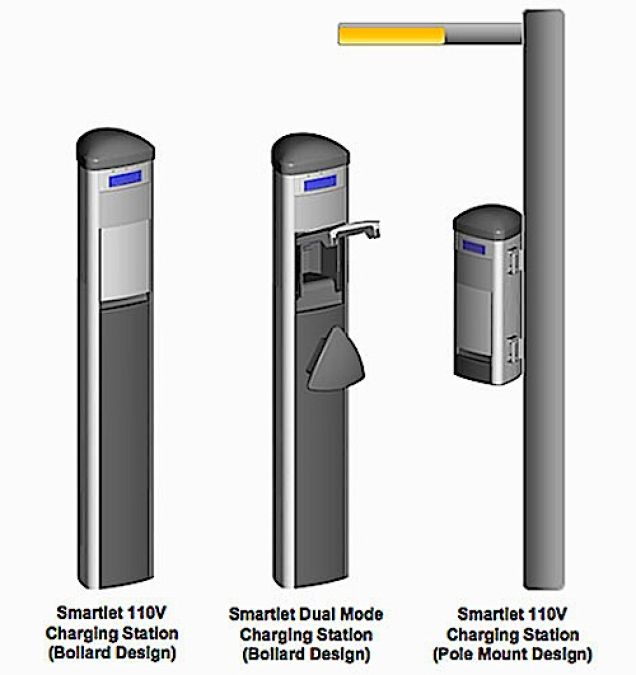What Do Electric vehicles, EVs Mean To People. Green&Energy GmbH surveyed 4,000 people from different walks of life and parts of the globe to find out what their understanding and questions are with EVs. So what did Green&Energy find?
10 Pressing Questions. Green&Energy found the first question people had when it comes to EVs is not what we have been told over and over again about range, it’s simply how does one recharge an EV. As interesting as it is, how to charge tops the round of questions over range and even price. To answer this question, there are three broad ways you can charge almost any cars.
Trickle Charge, Level 2 and 3. Trickle charging, or Level 1 charging uses any conventional 110V outlets in the USA and countries who use this voltage. The reason why it’s also referred to as trickle charge is that is a slow way to recharge a battery pack. Most people who use 110V either do it because their cars will be parked for a long time, or are trickle charging, a few electrons here and there to keep it topped off. Level 2 is a little more potent and usually cuts down the charge time in half. This requires a dedicated 240V line, usually a permit and installation through a qualified electrician. This also requires a charging station with a standardized J1772 plug that connects directly to your EV. Level 3 or fast charge is meant for EV that can withstand a 340V charge. These are dedicated charging stations that can recharge your EV in under an hour with an 80% charge in as fast as 20 minutes.
How Long? This was the second question and the answer is that it all depends. As mentioned above, 110V recharge can take a very, very long time, sometimes up to 33hrs for a regular EV. Level 2 can cut it down to half, but what is important to know is how big is your battery pack. A small 1 to 6kW pack can be charged quickly at Level 2 and overnight with 110V. Anything above 10kW, you really need to have a Level 2 charger handy. To make things a little more complicated, some cars have slow on-board chargers rated at 3.3 kWh. Newer versions now come with 6.6 kWh but if you go all out and get a Tesla, you could go as far up as 20. On a side note, the tiny Renault Zoe packs a 45kWh on-board charger making charging zippy and efficient. As time passes and prices drop, on-board chargers will continue to beef up and cutting down charge time. Let’s add that we should never use a vehicle on empty,. gasoline or electric. See a plug, fill it up. It’s that simple.
The last questions asked were interesting with third place when and where are batteries to be recharged. To that question, the answer is anywhere you can find an outlet, which means pretty much anywhere from your backyard to restaurants, to anywhere anyone will let you use their outlets. What is the lifespan of the car? This is an interesting one and so far a battery should last as long if not longer than most gasoline cars. As far back as 2008, Southern California Edison was testing lithium-ion batteries at 200,000 miles without any noticeable degradation. In terms of years, if you charge and depleted a battery pack everyday, you would have 5 to 8 years, keeping close to the 200,000 mile barrier. Of course if you live in a place where the temperature varies greatly, this could effect the longevity of the battery although some manufacturers as CODA take great length to protect from that.
Range, Baby Range! And yes, range is the question on everyone’s mind. That’s a tough one to answer thoroughly but suffice it to say, depending on your needs, EVs are more than able to address your needs. 80% of all our daily commute in the USA is 40 miles or less making practically any EV a bargain to operate. There is no silver bullet but almost anyone can find a current EV that will suit their particular driving needs.
I strongly encourage you to read Green&Energy’s online free book. It is a good primer for those ready to look at electric vehicles, EVs, cars or motorcycles.





